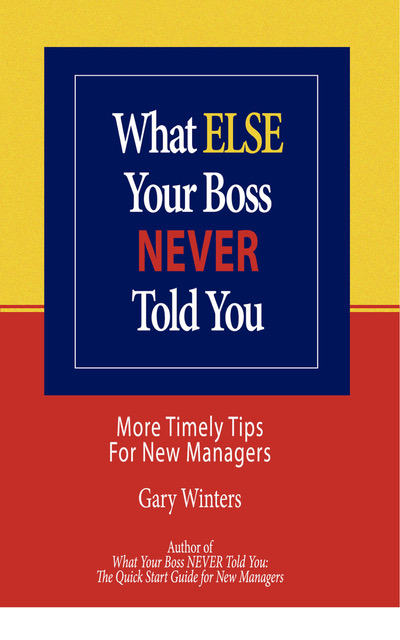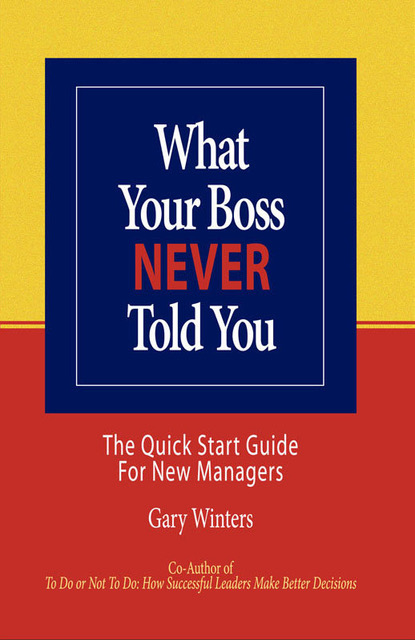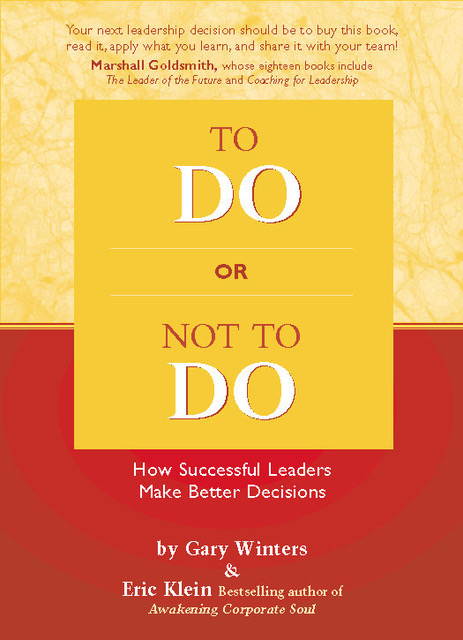The most effective leaders I’ve known share a strong commitment to this principle: “What” flows downward, and “How” flows upward.
As leaders they recognize their responsibility to communicate what needs to happen:
- We need a new strategy to increase sales by 10%
- The system we use to capture citizen concerns is not working – let’s fix it.
- We need to get buy-in from three other departments to make this work
And, they believe strongly that the team is responsible for communicating how the what gets done.
The leader’s primary job is to set the course; the team’s primary responsibility is to “make it so,” to borrow a line from Star Trek. This principle does not absolve the leader’s role in setting parameters – that’s equally important. “We need to figure out how to land that new client – and we must find a creative solution within our budget.”2 + 2 = 4, right?
Focus on the outcome you want. “We need to get to four (metaphorically speaking).” As the leader, perhaps you’ve “gotten to four” many times – in fact, perhaps you’re an expert on it. Perhaps, in your experience, the best way to get there is by adding 2 + 2. Resist the urge to insist on your solution. You’ll stretch your people, and maybe even learn something yourself in the process, if you stop telling them how to get there. There are lots of ways to get to four: 3 + 1, 5 – 1, 2.5 + 1.5, and so on. Set some priorities (we have to use whole numbers, no long division, etc.) and expect the team (or the individual contributor) to figure out how.
Coach ’em!
With the principle of what flows down, how flows up in mind, you will find opportunities to help your team determine the way forward. Remember that coaching doesn’t meaning telling someone how to do it, but rather helping them sort it out by asking good questions
- What do you think would happen if we did it that way?
- What kind of obstacles would your recommendation have to overcome?
- How does your plan address the issues we have with getting support from other departments?
As you communicate with your team over the next week or so, listen to your input, and see whether you’ve focused more on the what, and less on the how.







